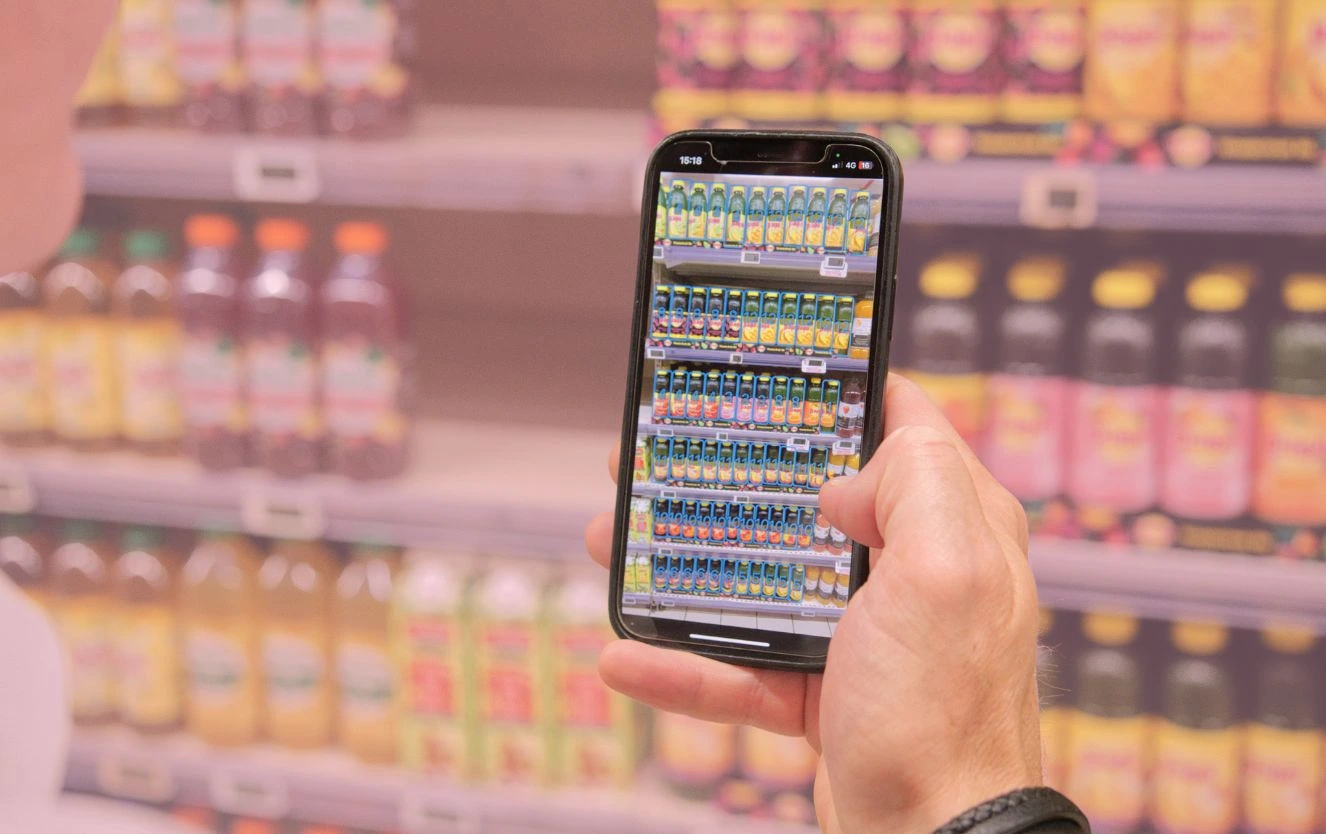Video recognition: the next big thing in retail shelf management

In the dynamic and competitive world of retail, effective shelf management is paramount. Ensuring that products are consistently available and strategically positioned not only drives sales but also enhances customer satisfaction. As technology continues to evolve, video recognition has emerged as a transformative tool in retail shelf management, offering real-time insights and automation capabilities that were previously unattainable.
Understanding video recognition in retail
Video recognition involves the use of advanced cameras and artificial intelligence (AI) algorithms to analyze visual data captured within retail environments. This technology can identify products, monitor stock levels, and observe customer interactions with merchandise. By processing this visual information, retailers gain a comprehensive understanding of shelf conditions and shopper behaviors, enabling data-driven decisions to optimize store performance.
The Impact of video recognition on shelf management
- Enhancing product A-availability
Stockouts are a significant concern in retail, leading to lost sales and dissatisfied customers. Video recognition systems continuously monitor shelves, detecting low stock levels or empty spaces in real-time. This immediate detection allows for prompt restocking, minimizing the duration of product unavailability.
- Ensuring planogram compliance
Adherence to planograms—the predefined layouts dictating product placement—is crucial for maximizing shelf space efficiency and influencing purchasing decisions. Video recognition technology automates the auditing process by comparing the current shelf setup to the planned arrangement, swiftly identifying discrepancies. This automation reduces the reliance on manual checks, which can be time-consuming and prone to errors, thereby maintaining consistency across multiple store locations.
- Analyzing customer behavior
Understanding how customers interact with products provides valuable insights into purchasing patterns and preferences. Video recognition systems track shopper movements and engagements with merchandise, revealing which products attract attention and which are overlooked. This data enables retailers to optimize product placement, adjust marketing strategies, and enhance the overall shopping experience.
- Reducing Operational Costs
Implementing video recognition technology can lead to significant cost savings by automating routine tasks and reducing labor expenses. In the UK, retailers are increasingly adopting automation solutions, including AI-powered cameras, to mitigate rising labor costs. These technologies not only enhance productivity but also reduce the dependency on manual labor for tasks such as shelf monitoring and stock audits.
- Combating Retail Theft
Shrinkage due to theft remains a persistent challenge in the retail industry. Video recognition systems enhance security by identifying suspicious activities and potential theft in real time.
EasyPicky: a game-changer in video recognition
EasyPicky is the Image Recognition solution that allows you to simply activate the camera on your smartphone or tablet and walk through the aisles of a shop, collecting all the data on the ground and obtaining all your key performance indicators in an instant and on your CRM or other internal tool. EasyPicky enables product data to be captured and analysed in real time using the video capabilities of mobile devices. This approach improves the efficiency and 99% accuracy of data processing, enabling immediate information to be obtained.
Challenges and considerations
While the benefits of video recognition in retail are substantial, several challenges must be addressed:
- Privacy concerns: The deployment of cameras and AI analytics raises questions about customer privacy and data protection. Retailers must ensure compliance with data privacy regulations and implement measures to safeguard personal information.
- Implementation costs: The initial investment in video recognition technology, including hardware, software, and training, can be considerable. Retailers need to assess the return on investment and consider scalable solutions that align with their budget constraints.
- Integration with existing systems: Seamlessly integrating video recognition systems with current retail management platforms is essential for maximizing efficiency. This integration requires careful planning and may involve overcoming technical hurdles.
Future Outlook
The adoption of video recognition technology in retail is poised to grow as advancements continue and costs become more manageable. Future developments may include enhanced AI capabilities that offer deeper insights into consumer behavior, more sophisticated theft detection algorithms, and improved integration with other retail technologies such as inventory management systems and personalized marketing platforms.
Moreover, as e-commerce continues to influence consumer expectations, brick-and-mortar retailers are leveraging video recognition to create seamless and engaging in-store experiences. By embracing this technology, retailers can bridge the gap between online and offline shopping, offering personalized services that cater to the evolving preferences of modern consumers.
Video recognition stands as a transformative force in retail shelf management, offering solutions that enhance product availability, ensure compliance, analyze customer behavior, reduce operational costs, and combat theft. By thoughtfully addressing implementation challenges and prioritizing customer privacy, retailers can harness the full potential of this technology to drive efficiency and elevate the shopping experience. As the retail landscape continues to evolve, video recognition will undoubtedly play a pivotal role in shaping the future of in-store operations.
Discover how EasyPicky can optimize your shelf management.